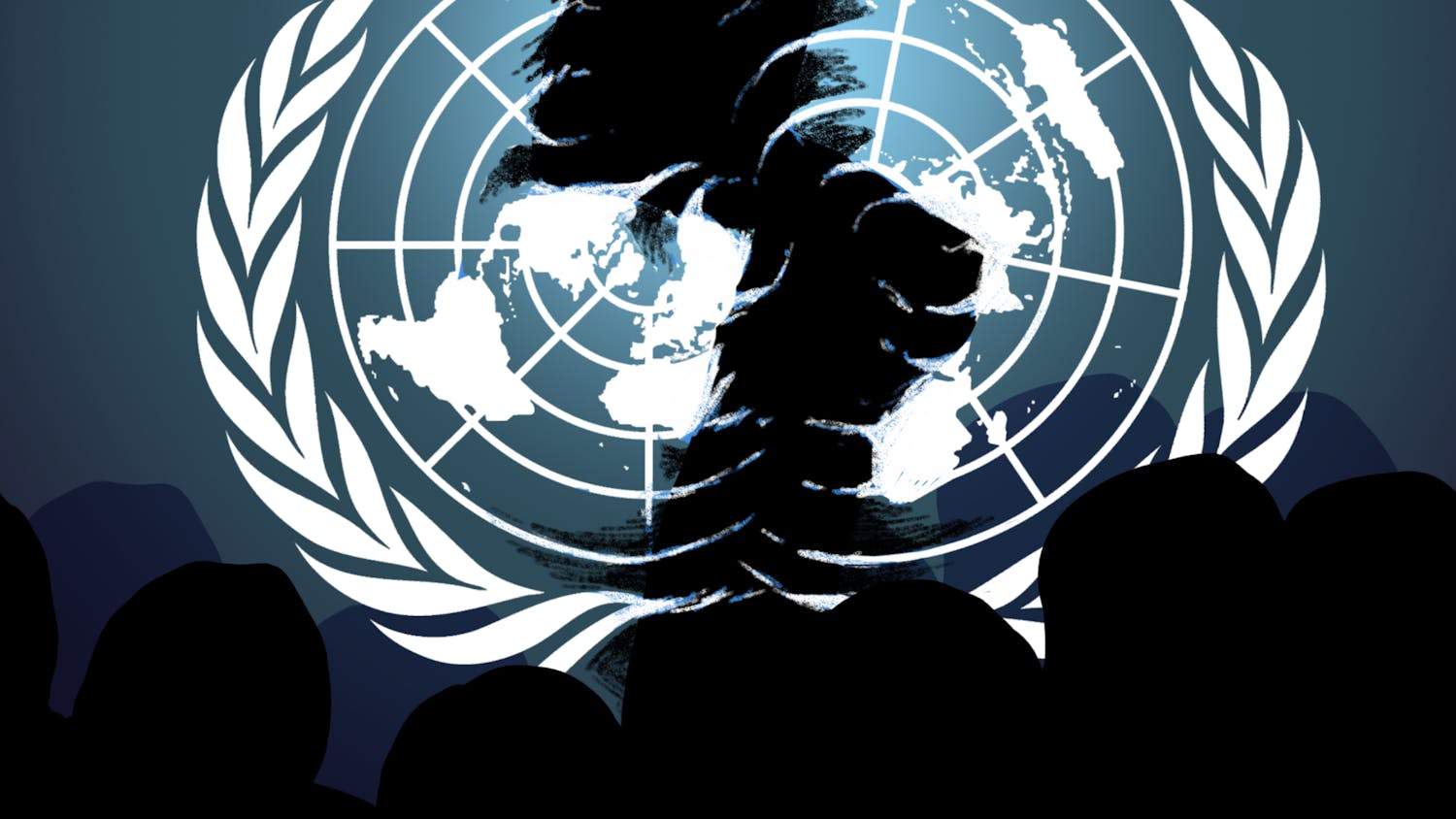By any metric, the Centers for Disease Control and Prevention (CDC) did not effectively control or prevent the spread of COVID-19. Of all countries, the United States had the most confirmed cases, the most deaths from COVID, and the third highest deaths per capita for countries with a population greater than 11 million.
COVID-19 was a quickly moving disease that required an even quicker public health response — one lacking from the nation’s premier health agency. To effectively contain future pandemic outbreaks, the CDC needs to adopt a flexible structure and impact-driven culture.
The CDC is an agency with an academic culture that quantifies success in scientific papers. Its structure breeds employees focused on publications rather than the broader public health picture. However successful a system like this may be for research, it is detrimental to fast action in critical periods.
As outlined in CDC epidemiological manuals, timely data collection and analysis are paramount for successful intervention during a public health crisis. Lagging data collection and irregular communication since the onset of the pandemic confirmed the agency’s inefficiency.
Multiple defective data tracking systems left the CDC unprepared to gain an early picture of the pandemic. For example, they tracked travelers from China and often gathered inaccurate passenger information up to a week after flights had arrived in the United States. Statistics from a Johns Hopkins dashboard, compiled by an engineering student — not a public health expert — were frequently cited instead of CDC numbers.
Despite spending over $1 billion toward data modernization, forecasting and surveillance in the past decade, data collection during the pandemic was slow and inadequate. As a result, the CDC could not compile accurate and current counts for most COVID statistics, including infections, hospitalizations and deaths.
Communication failures further delayed the CDC response. In 2020, before the first lockdown, the agency held 19 telebriefings to deliver updates on COVID-19. Over the rest of the year, they had six. For all of 2021, there were just five.
When the CDC did provide guidance, it came late and was filled with scientific jargon and sometimes contradictory advice that confused the public. During a crisis like COVID, an update, no matter how finely written, is insignificant if it comes a month after it is needed.
The failure of the CDC was nearly predictable. Their rigid operating structure prevents meaningful budget redistribution, and their incentive structure favors publication productivity over actions that impact public health.
Instead of an agency-wide coordinated focus on the pandemic, many units continued to operate independently. For example, the hundreds of millions of dollars in the injury prevention budget stayed in the injury prevention department, where employees continued to study injuries non-related to COVID.
Reflecting on the pandemic, former CDC director Bill Foege asserted that “the public health texts of the future will use this as a lesson on how not to handle an infectious disease pandemic.” The response from the institution designed to protect us from threats like COVID was abysmal.
During a constantly changing pandemic, we need a health agency that adapts and responds rapidly — one that moves at the speed of the disease. A more flexible and efficient CDC will minimize excess death and economic loss in the next pandemic. The agency must undergo substantial systematic change and do so urgently, as a quick virus won’t slow down for the CDC.
Alex Clark is a junior studying Neurobiology and Economics. Do you believe the CDC’s response to the COVID-19 pandemic was too slow, impacting its effectiveness? Send all comments to opinion@dailycardinal.com.






